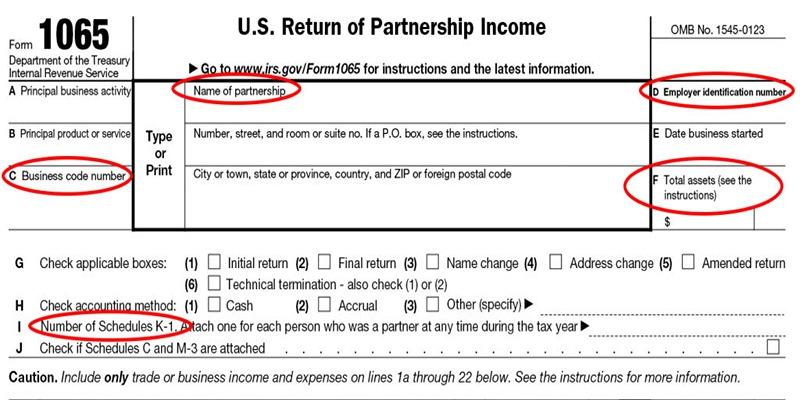Starting a mutual fund is an excellent way to grow your long-term investments and diversify your portfolio. But with so many different variables and factors to consider, the process can seem overwhelming for the new investor.
That’s why it’s important to research everything that goes into constructing a managed portfolio—from understanding differences among various types of funds to researching fees charged by investment advisors, selecting suitable investments, allocating assets within a chosen fund and following performance trends. In this blog post, we will explore these considerations in detail while helping you start creating an effective mutual fund strategy.
Understand the different types of mutual funds and their investment objectives.
Mutual funds can be broadly divided into two categories: equity and debt. Equity mutual funds invest in stocks, while debt mutual funds invest in fixed-income securities such as government bonds or high-yield corporate bonds. Depending on your investment objectives, you should invest more money in one fund over the other.
Research fees charged by investment advisors
Investment advisors charge fees for managing your mutual fund. These fees include management fees, paid to the advisor to oversee the fund’s investments, and administrative fees, which cover account maintenance and other expenses associated with running a mutual fund. Knowing how much these fees will be is important in deciding whether to invest in a particular fund.
Select suitable investments
Different mutual funds have different investment strategies, so selecting one that suits your financial goals is important. You should consider the fund’s asset allocation (what percentage is invested in stocks or bonds), its track record of past performance, and any restrictions placed on the fund’s investments.
Allocate assets within a chosen fund
Asset all. Location is key to creating a well-rounded portfolio that can deliver returns in both up and down markets. When setting up a mutual fund, you must decide how much money should be allocated to each type of investment (e.g., stocks, bonds, cash). This decision should take into consideration your investment goals and risk tolerance.
Follow performance trends
Once you have established a mutual fund, monitoring its performance regularly is important. Pay attention to the fund’s rate of return concerning other investments in the same asset class. Also, stay abreast of any changes to the fund’s investments, fees, and other factors that could impact its performance.
Starting a mutual fund is an important decision that requires thoughtful consideration and research. By understanding the different types of funds, researching fees charged by investment advisors, selecting suitable investments, allocating assets within a chosen fun,d and following performance trends, you can create a portfolio that fits your financial goals.
Know your risk tolerance and determine which type of fund is best suited for you. you
When investing in a mutual fund, it’s important to understand your risk tolerance. Different types of funds have different levels of volatility, so you should select one that aligns with your financial goals and risk appetite. For example, if you are looking for a relatively low-risk investment option, an index or balanced fund may be a good choice if you are looking for a relatively low-risk investment option.
However, a growth or sector-specific fund may be a better option if you are willing to take on more risk in exchange for higher potential returns. Knowing your risk tolerance and determining which type of fund best suits you will help ensure you make the most of your mutual fund investments.
Research the fund manager who will be managing your money
Finally, it’s important to research the fund manager managing your money. A good fund manager should have a history of successful investments and be familiar with the markets you plan to invest in. Additionally, look for someone willing to answer your questions and provide thoughtful advice on allocating your assets.
Researching the fund manager’s background and qualifications can help ensure that you have chosen the right person for the job. Considering these factors, you will be well-equipped to start a successful mutual fund and maximize your returns in the long run. Good luck!
Determine how much money you can invest in a mutual fund and the timeline for when to invest.
Before investing in a mutual fund, it’s important to determine how much money you can invest and the timeline for when to invest. Setting realistic expectations and establishing a budget will help ensure that your investments are successful and that you don’t overextend yourself financially.
When deciding how much money to invest in a mutual fund, it’s essential to consider your current financial situation and goals. Start by setting a budget and subtracting any recurring expenses from your income. Then, determine the amount of money you can safely set aside for long-term investments. This will ensure you have enough funds for your daily needs and don’t overextend yourself.
Once you have determined the amount of money to invest, it’s time to consider the timeline for when to invest. This will depend on your individual goals, but generally speaking, investing in a mutual fund is best done over the long term. Investing in a mutual fund can take anywhere from six months to several years before you start seeing returns, so it’s important to be patient and committed to your investment plan.
FAQs
Q: What should I consider when starting a mutual fund?
A: When starting a mutual fund, there are several important considerations. These include understanding the differences between different types of funds, researching fees charged by investment advisors, selecting suitable investments, allocating assets within your chosen fund, and tracking performance trends. It is essential to thoroughly understand each of these elements to make informed decisions about your mutual fund investments.
Q: What are some of the different types of mutual funds?
A: Mutual funds come in various types, and there are many factors to consider when selecting one. The two main categories of mutual funds are actively managed and indexed funds. Actively managed funds require more research and maintenance as they involve stock picks by a portfolio manager who seeks to beat the market. On the other hand, indexed funds are designed to track a benchmark index such as the S&P 500. These require less maintenance and may have lower management fees. Other types of mutual funds include sector-specific, target-dates, and international funds.
Q: How do I select suitable investments for a mutual fund?
A: When selecting investments for your mutual fund, it is important to consider multiple factors. These include an individual security’s performance history, analyst ratings, and expected future performance. It is also important to consider each investment's risk/reward profile and its volatility and correlation with other investments. Additionally, consider the fund’s overall diversification to ensure it is adequately diversified across asset classes and market sectors.
Conclusion
Starting a mutual fund is an excellent way to grow your long-term investments and diversify your portfolio. However, it is important to understand the various considerations for constructing a managed portfolio before starting. Consider researching the different types of funds, understanding fees charged by investment advisors, selecting suitable investments, allocating assets within your chosen fund, and tracking performance trends. By thoroughly understanding each of these elements, you can make informed decisions about your mutual fund investments and ensure success in the long term.








